week 14: lecture 33, 34, and 35
1/44
There's no tags or description
Looks like no tags are added yet.
Name | Mastery | Learn | Test | Matching | Spaced |
|---|
No study sessions yet.
45 Terms

B
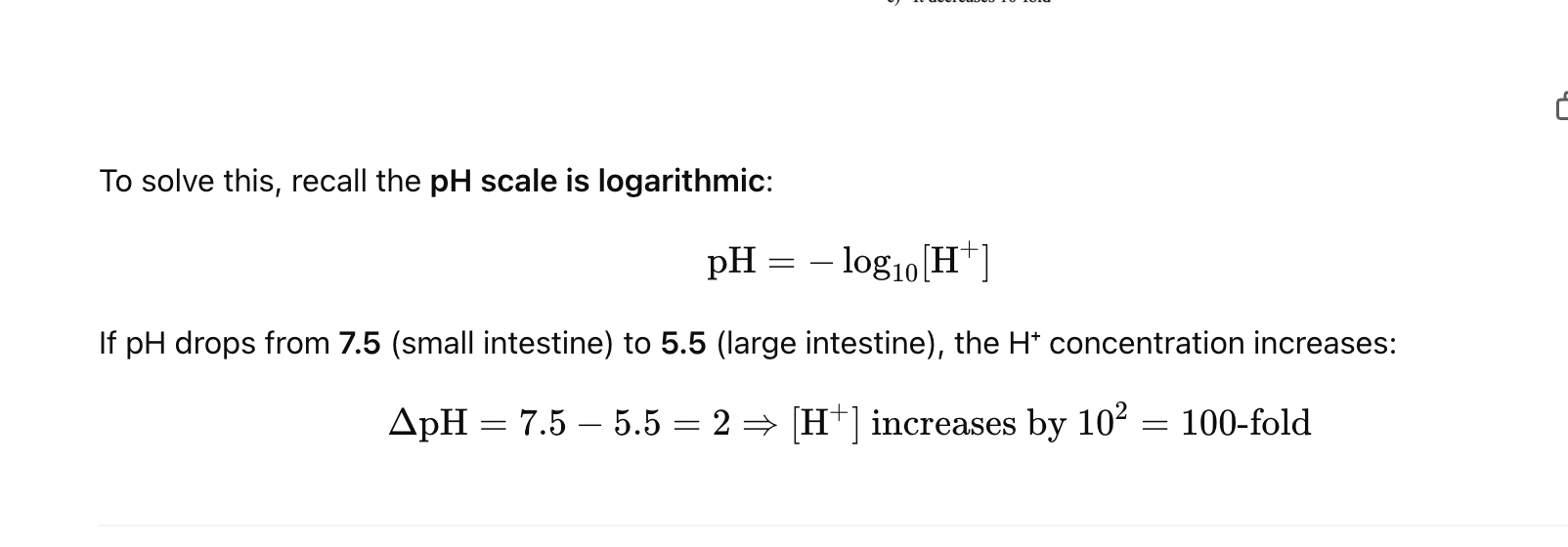

B
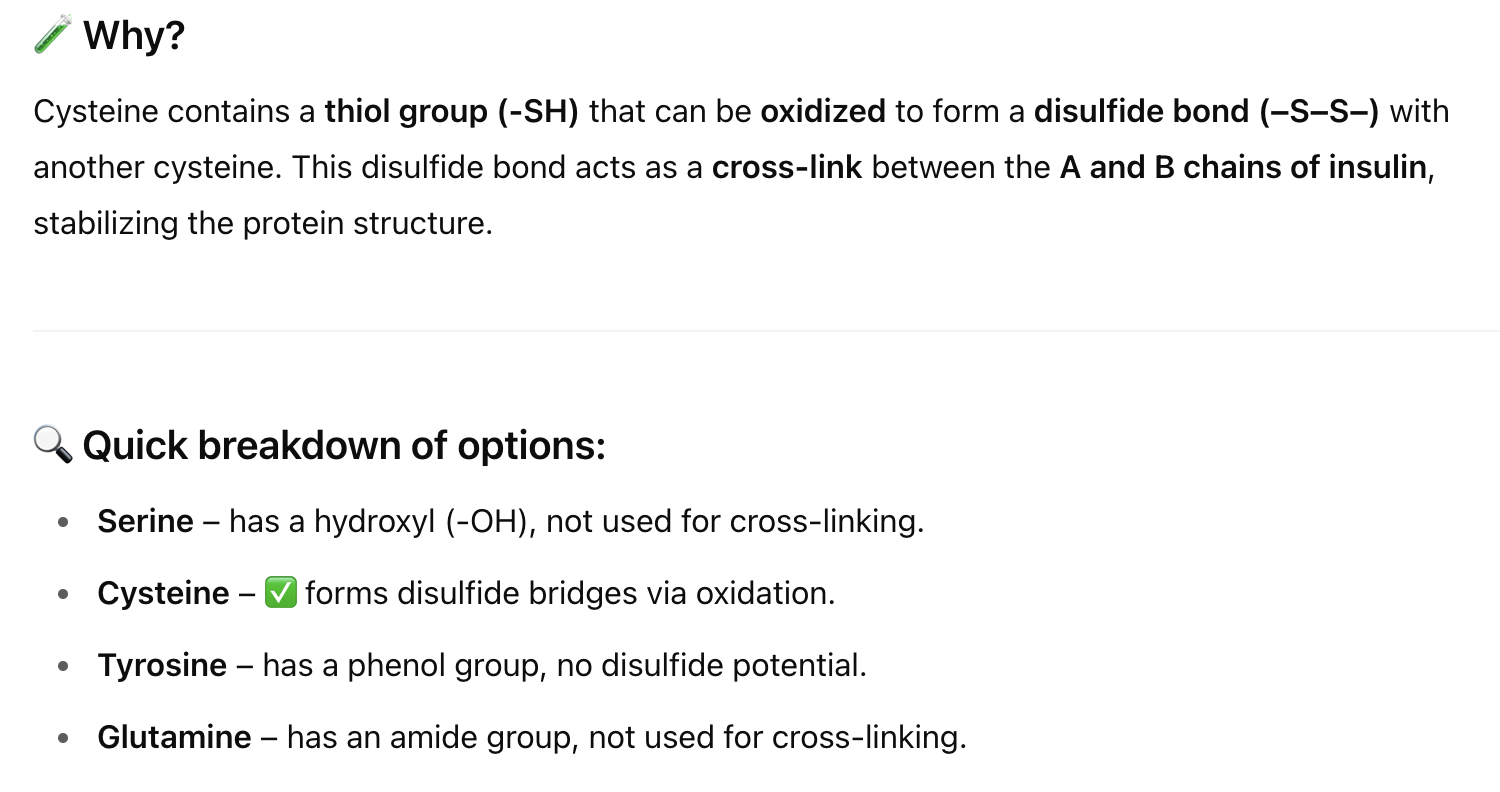

A
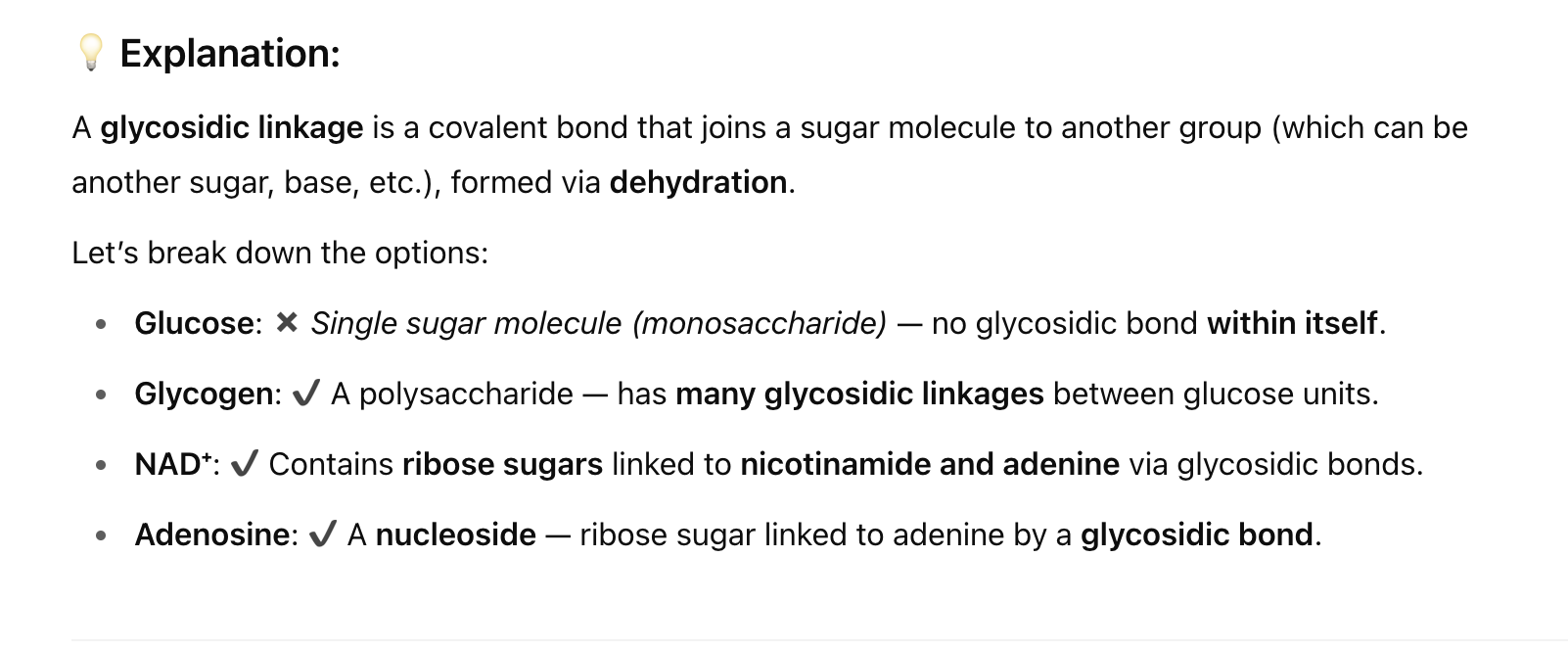

D
Ribosomes are about 20–30 nanometers in size.
This is too small to be seen with light microscopy, which is limited to ~200 nm resolution.
Electron microscopy provides the resolution needed to observe and measure such tiny structures.

C
Glycolipids are synthesized and inserted into the lumen-facing side of the Golgi membrane.
When a vesicle buds off from the Golgi and fuses with the plasma membrane, the lumenal side of the vesicle becomes the extracellular side of the plasma membrane.
Therefore, glycolipids originally on the inner Golgi lumen will now be on the outer leaflet, exposed to the outside of the cell.

D
Glucose+ATP→Glucose-6-phosphate+ADP

***double check this question
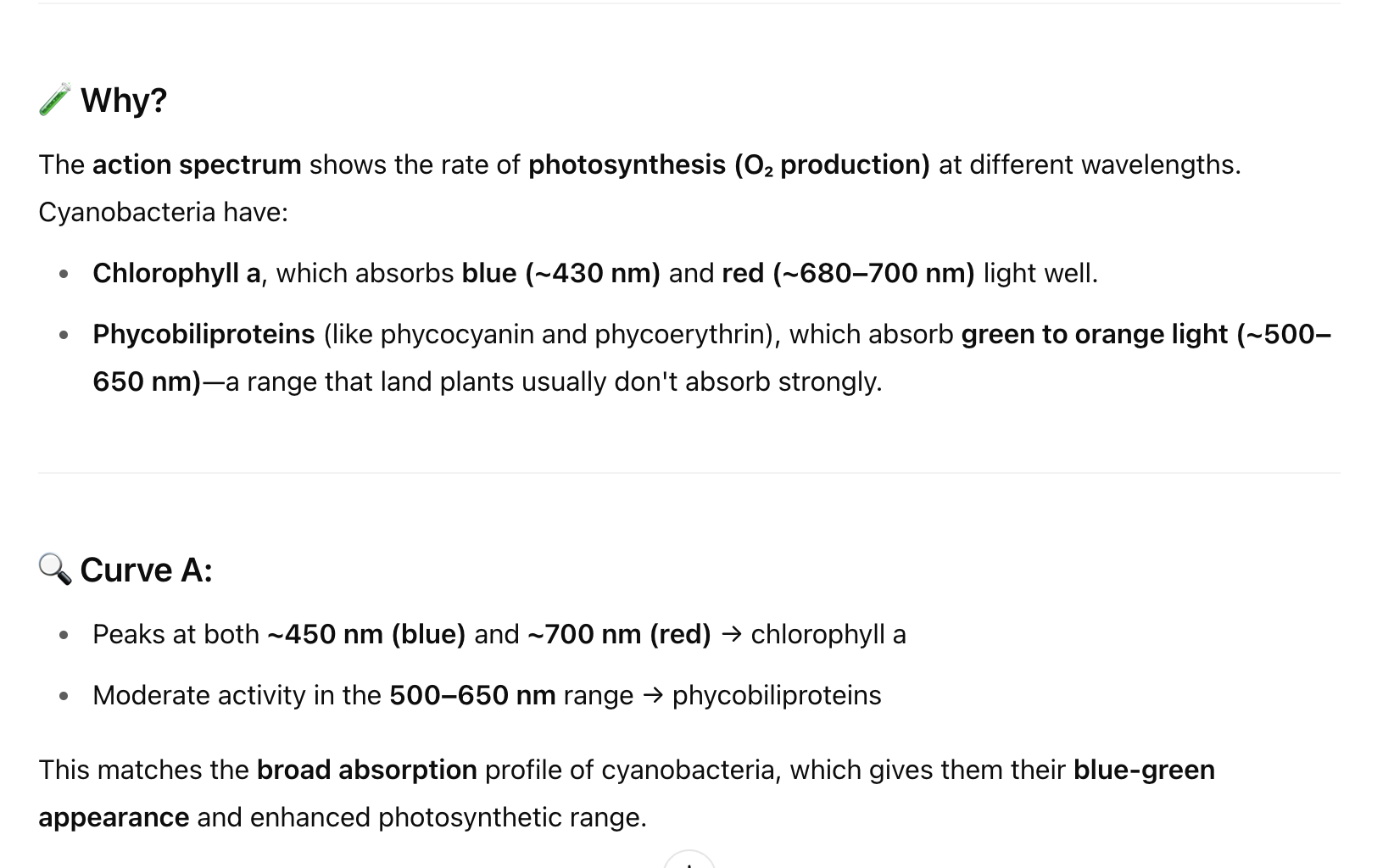
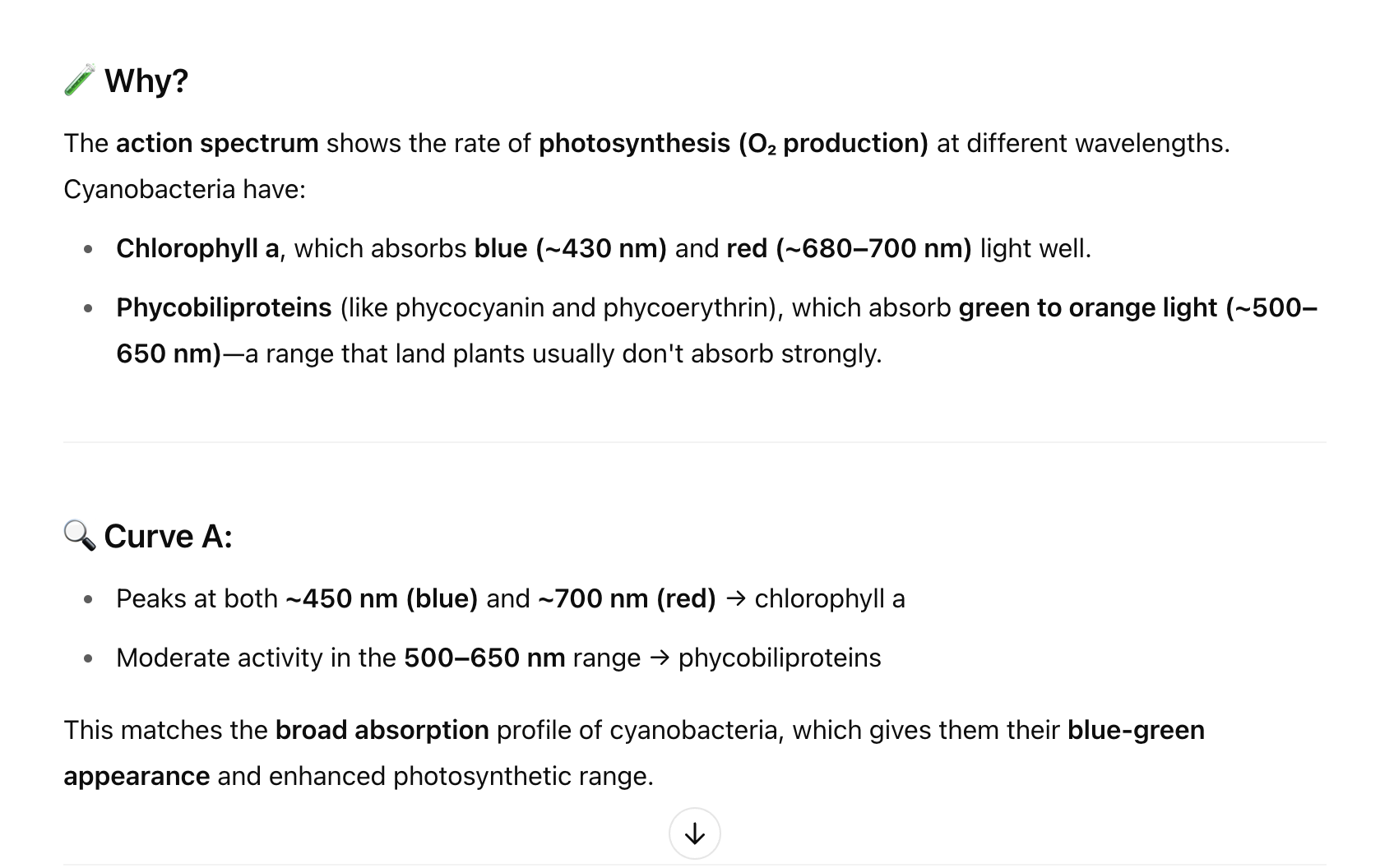

C
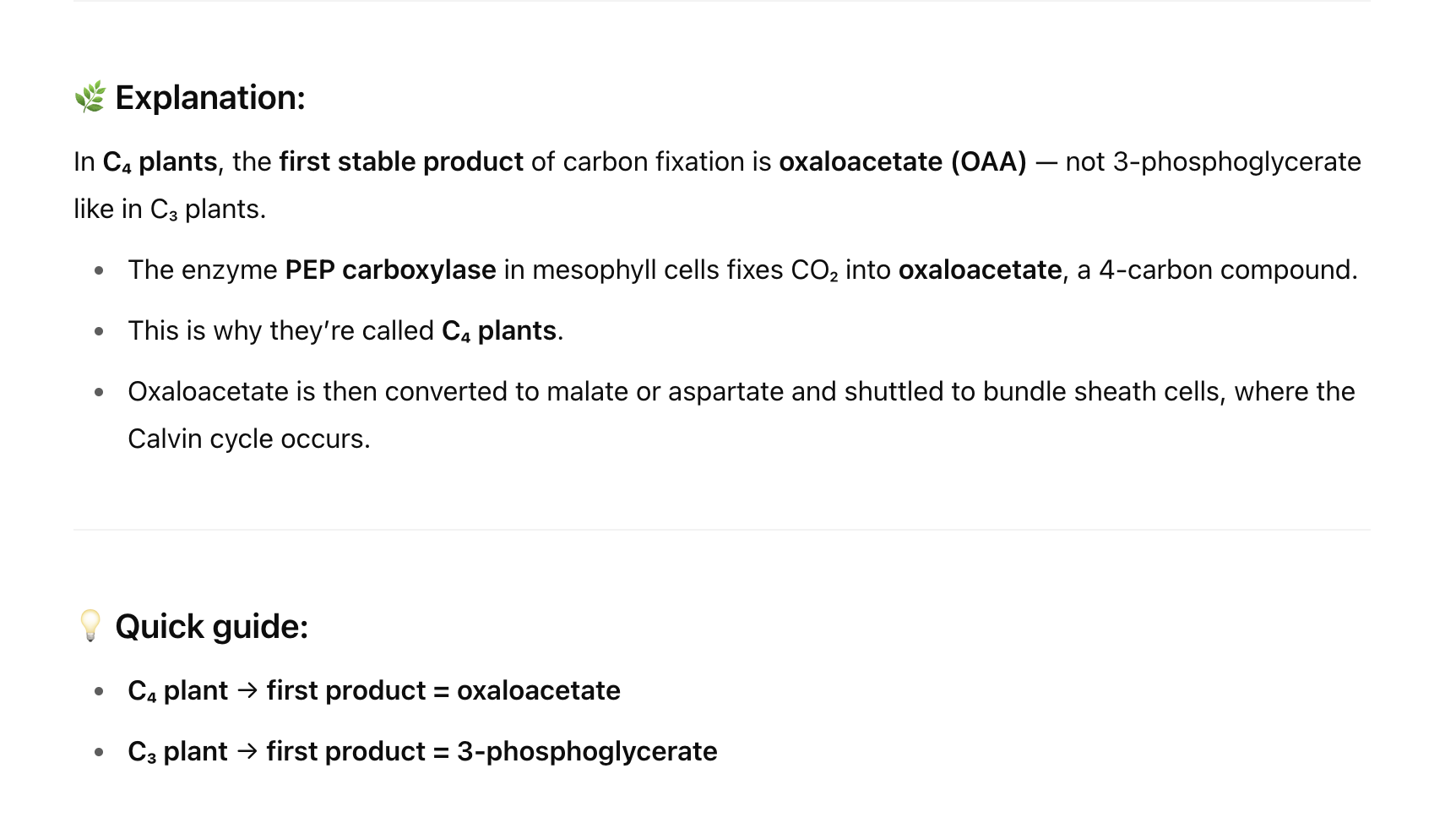

15
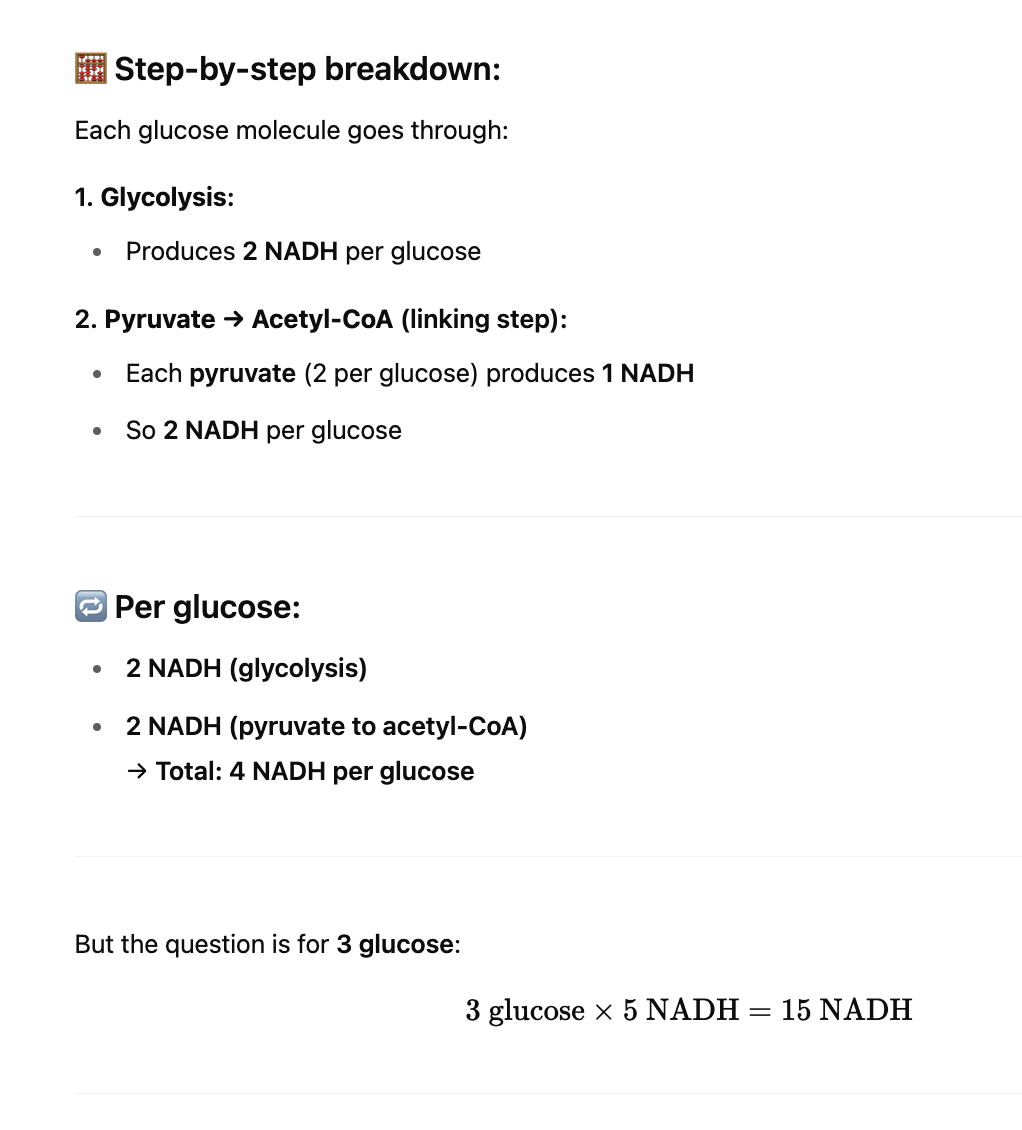
Which ONE of the following best describes the role of antidiuretic hormone (ADH) and aquaporins in the regulation of osmoregulation in the body?
ADH inhibits water reabsorption in the collecting duct by inserting aquaporins to facilitate water movement out of the collecting duct.
ADH stimulates water reabsorption from the collecting duct by inserting aquaporins to facilitate water movement out of the collecting duct.
ADH inhibits the secretion of water into the collecting duct by inserting aquaporins to facilitate water movement into the collecting duct.
ADH stimulates the secretion of water into the collecting duct by inserting aquaporins facilitate the movement of water into the collecting duct.
ADH stimulates water reabsorption from the collecting duct by inserting aquaporins to facilitate water movement out of the collecting duct.
An image is shown below with 2 chambers, A and B, separated by a selectively permeable membrane that allows water to move, but not glucose, nor Na+, Cl- ions. The initial water level, equal volume in the two chambers, is shown as a horizontal line. Based upon the image answer the 2 following questions.
["hyper-osmotic", "hypo-osmotic", "iso-osmotic"]
Chamber A is __________ to Chamber B.
["hypo-osmotic", "iso-osmotic", "hyper-osmotic"]
Chamber B is __________ to Chamber A.
Chamber A is hypo-osmotic (low solute concentration; more water) to Chamber B.
Chamber B is hyper-osmotic to Chamber A.
Osmolarity is based on the total number of dissolved particles (osmoles) per liter of solution.
Glucose does not dissociate in solution → 0.5 M glucose = 0.5 osmoles/L
NaCl dissociates into Na⁺ and Cl⁻ → 0.5 M NaCl = 1.0 osmoles/L
Which ONE of the following hormones is involved in regulating blood pressure via the kidneys?
Angiotensin II
Insulin
Estrogen
Epinephrine
Angiotensin II
Which ONE of the following best describes the difference between the innate and adaptive immune systems?
The innate immune system produces antibodies, while the adaptive immune system does not
The innate immune system is slower but more specific than the adaptive immune system
The innate immune system is faster but less specific than the adaptive immune system
The innate immune system only responds to non-self antigens, while the adaptive immune system responds to both self and non-self antigens
The innate immune system is faster but less specific than the adaptive immune system
This graph shows the change in mass of two young mice from the same litter over time. One of the two mice was injected with purified insulin-like growth factors. Which mouse was injected?
Mouse 1
Mouse 2
Mouse 1
Which ONE of the following statements accurately describes the differences in signaling pathways used by hydrophilic and hydrophobic hormones?
Hydrophilic hormones bind to surface receptors, while hydrophobic hormones bind to receptors inside the cell.
Hydrophilic hormones are released without vesicles, while hydrophobic hormones are
Hydrophobic hormones are stable in blood, while hydrophilic hormones bind to plasma proteins in blood.
Hydrophilic hormones use the same signaling pathway as hydrophobic hormones.
Hydrophilic hormones bind to surface receptors, while hydrophobic hormones bind to receptors inside the cell.
Which of the following factors primarily control blood pressure?
Oxygen saturation and carbon dioxide levels
Vasoconstriction and blood volume
Respiratory rate and body temperature
Blood glucose levels and insulin sensitivity
Vasoconstriction and blood volume
Which type of immune response is responsible for the production of antibodies by B cells?
Cell-mediated immunity
Humoral immunity
Passive immunity
Innate immunity
Humoral immunity
Which of the following immune systems is primarily targeted by vaccines?
The innate immune system
The coagulation system
The adaptive immune system
The complement system
The adaptive immune system
What happens to the concentration of urine when the kidney is absorbing more ions from the filtrate?
a. Urine becomes more concentrated.
b. Urine concentration doesn’t change.
c. Urine becomes more dilute.
d. None of the above
c. Urine becomes more dilute.
What type of receptor is the ADH receptor?
a. Receptor Tyrosine Kinase
b. G-Protein Coupled Receptor
c. Steroid Receptor
d. Classical Receptor
G-Protein Coupled Receptor
A defect in the collecting duct cells prevents cAMP elevation. If a person with this defect consumes a high
salt diet, what will most likely occur?
a. Diluted urine
b. Increase blood osmolarity
c. Increase PKA activation
d. Decrease G-protein activation
b. Increase blood osmolarity
What will happen to a cell if the extracellular fluid (ECF) is hypoosmotic relative to the cell?
A. Water will flow out of the cell into the solution
B. Water will flow into the cell from the solution
C. Nothing will happen
Water will flow into the cell from the solution
Match the segment of nephron to following functions. Answers may be used more than once, or not at
all.
A. Bowmans capsule
B. Proximal tubule
C. Loop of Henle
D. Distal tubule
E. Collecting duct
F. Vasa recta
Protein in your urine is a sign of malfunction of which part of nephron.
Name of capillary bed associated with the loop of Henle F
Location of receptors for ADH
Segment of nephron where the high osmolarity of the renal medulla is established
Location for receptors for aldosterone
Protein in your urine is a sign of malfunction of which part of nephron. A
Name of capillary bed associated with the loop of Henle F
Location of receptors for ADH E
Segment of nephron where the high osmolarity of the renal medulla is established C
Location for receptors for aldosterone D
Which feature would likely benefit an animal living in dry desert conditions?
A. Secretion of large amounts of antidiuretic hormone (ADH)
B. Short loops of Henle
C. Lower levels of aquaporins stored in vesicles
D. Nonfunctional antidiuretic hormone (ADH) receptors
A. Secretion of large amounts of antidiuretic hormone (ADH)
Where is the filtrate concentration consistently the highest in the nephrons ?
A. Bowman’s capsule
B. Distal tubules
C. Collecting duct
D. Proximal tubules
E. Loop of Henle
E. Loop of Henle
The hormone that is most effective at increasing the number of aquaporins in the collecting duct is _____ and is
released from the ______.
A. ADH; posterior pituitary
B. aldosterone; adrenal medulla
C. renin; kidneys
D. aldosterone; adrenal cortex
E. ADH; kidneys
A. ADH; posterior pituitary
Which mode of transport can water use to travel across the plasma membrane?
A. Simple diffusion
B. Facilitated diffusion
C. Active transport
D. Both A and B are correct
E. All of the above are correct
D. Both A and B are correct
Which of the following ligands do NOT use RTK?
A. EGF
B. IGF
C. ADH
D. Insulin
E. All of the above use RTKs
C. ADH
Thyroid stimulating hormone (TSH) is a tropic polypeptide hormone that is soluble in blood. (Though we
didn't talk about this hormone explicitly, you can still answer this question with the information provided)
Which of the following is FALSE about TSH?
A. It is stored in vesicles by cells in the anterior pituitary
B. It binds to cell surface receptors of cells in the thyroid gland
C. It is transported through blood via a protein carrier
D. It binds to receptors on an endocrine cell
C. It is transported through blood via a protein carrier
Select the answer with the appropriate order in which ADH stimulates aquaporin release.
ADH binds to receptors and then _______ happens which results in the exocytosis of storage vesicles with
aquaporins.
A. cAMP activated PKA activated
B. PKA activated cAMP activated influx of Ca2+
C. adenylyl cyclase activation cAMP activated PKA activated
D. adenylyl cyclase activation cAMP activated PKA activated influx of Ca2+ into the cell
C. adenylyl cyclase activation cAMP activated PKA activated
True/False
ADH and aldosterone are both hormones
Aldosterone stimulates the reabsorption of Na+ and water
High blood pressure stimulate the release of ADH
ADH is released from posterior pituitary
Aldosterone is released from anterior pituitary
ADH and aldosterone are both hormones T
Aldosterone stimulates the reabsorption of Na+ and water T
High blood pressure stimulate the release of ADH F
ADH is released from posterior pituitary T
Aldosterone is released from anterior pituitary. F
Select the statement that is FALSE about GH
A. Stimulates production of IGF
B. Is a tropic hormone
C. Released by the posterior pituitary
D. Plays a role in protein synthesis and growth of muscles/connective tissue
C. Released by the posterior pituitary
1. Which ONE of the following best describes the key differences between hydrophilic and hydrophobic hormones?
A. Hydrophobic hormones are water soluble whereas hydrophilic hormones require plasma proteins to travel in the
blood.
B. Hydrophilic hormones pass easily pass through the membrane whereas hydrophobic hormones require to released by
vesicles.
C. Hydrophilic hormones bind to surface receptors where as hydrophobic bind to receptors inside the cell.
D. Hydrophobic hormones are stable in the blood where as hydrophilic require to be bound to plasma proteins in the blood.
C. Hydrophilic hormones bind to surface receptors where as hydrophobic bind to receptors inside the cell.
Which ONE of the following is a property of ADH?
A. ADH is a hydrophobic hormone that binds to an intracellular receptor
B. ADH produces a more prolonged response compared to testosterone, a hydrophobic hormone
C. ADH is a hydrophilic hormone that binds to an extracellular GPCR receptor
D. ADH is a hydrophilic hormone that binds to an extracellular RTK receptor
C. ADH is a hydrophilic hormone that binds to an extracellular GPCR receptor
Which of the following is a characteristic of a PAMP? Choose all that apply.
a. Conserved feature of many pathogens
b. Found only on pathogens and not harmless microbes
c. Difficult for a pathogen to mutate
d. Often are structural components of pathogens
a, c, d
Which of the following is true of a TLR? Choose all that apply.
a. Activate innate and adaptive immune responses
b. Recognize large groups of pathogens
c. Component of your innate immune system
d. A small subset is known, maybe about 10 receptors known to be encoded in human genome (review
the numbering of TLR on the slide)
a, b, c, d
Indicate whether the following are true (T) or false (F) regarding the innate immune response:
____ It has a memory component, resulting in a faster secondary response.
____ It can trigger activation of macrophages and neutrophils
____ It can recognize highly specific features of pathogens
____ It can stimulate cytokine production
____ It can stimulate the adaptive immune response
__F__ It has a memory component, resulting in a faster secondary response.
__T__ It can trigger activation of macrophages and neutrophils
__F__ It can recognize highly specific features of pathogens
__T__ It can stimulate cytokine production
__T__ It can stimulate the adaptive immune response
Which of the following are true about antigens? Choose all that apply.
a. They are molecules that bind to receptors on B or T cells
b. They can be engulfed by antigen-presenting cells
c. The innate immune system recognizes and processes specific types
d. Binding of antigen to a B cell receptor stimulates a process of proliferation
e. Binding of antigen to a B cell receptor stimulates a process of differentiation
a, b, d, e
9. You sit down to take your final exam and get a paper cut from the exam packet. What sequence of events
describes the initial immune response the best?
A. Capillaries dilate, histamines and cytokines released, neutrophils are recruited, then surround and digest
pathogens with macrophages
B. Histamines and cytokines released, capillaries dilate, macrophages begin to engulf pathogens, neutrophils are
recruited to help surround and digest pathogens
C. Neutrophils are recruited, histamines and cytokines are released, capillaries dilate, then neutrophils and
macrophages surround and digest pathogens.
D. None of the above correctly describes the initial immune response to a paper cut.
B
Why do you think it is it recommended that we receive a flu vaccination every year?
A. Because there is no immune memory for flu virus antigens
B. Because virus strains with different antigens/epitopes emerge each year
C. Because antibodies are unable to recognize viruses
D. Because cytotoxic lymphocytes cannot kill cells infected with flu virus
B. Because virus strains with different antigens/epitopes emerge each year
our components of the immune system are listed. Categorize them to the appropriate part of the
immune system. Answers may be used more than once, or not at all.
A. Innate barrier defenses
B. Innate internal defenses
C. Adaptive humoral response
D. Adaptive cell-mediated response
Macrophages
Mucous membranes
Toll-like receptors
Antibodies
Macrophages B
Mucous membranes A
Toll-like receptors B
Antibodies C
Which of the following statements about the adaptive immune response is FALSE?
A. Adaptive immunity recognizes a specific set of traits unique to certain pathogens
B. Immune memory in B-cells promotes a weaker, secondary exposure to an antigen
C. The humoral response aims to remove or block pathogen before cell entry
D. Adaptive immunity is stimulated by activation of the innate immune system.
B
What is FALSE about macrophages and their role in the immune system?
A. They release cytokines
B. They have a receptor tyrosine kinase (RTK) to recognize PAMPs
C. They destroy pathogens using lysosomes
D. They form pseudopodia to engulf pathogens
B. They have a receptor tyrosine kinase (RTK) to recognize PAMPs
Sort the following statements regarding the response to a novel antigen in the human body in
chronological order.
A. Adaptive Immunity is stimulated.
B. Toll-like Receptors (TLRs) recognize (pathogen-associated molecular patterns).
C. Internal defenses, like neutrophils, are recruited.
D. B-cells and T-cells respond with antibodies or destroying infected cells
B, C, A, D
SARS-CoV2 is the cause of an infectious disease called COVID-19. The current vaccines are designed to
express in our cells the spike protein, which contains a/an _______[1] _________that is recognized by the
immune system and leads to the production of _______[2]________.
Answers for [1]: Signaling molecule or Antigen
Answers for [2]: Antibodies or Lymphocytes or Neutrophils
Antigen
Antibodies